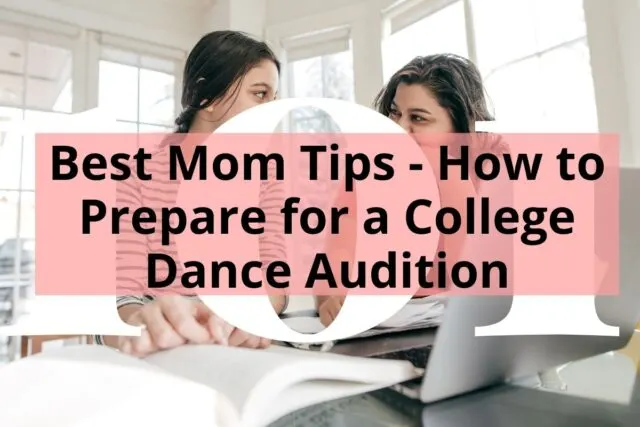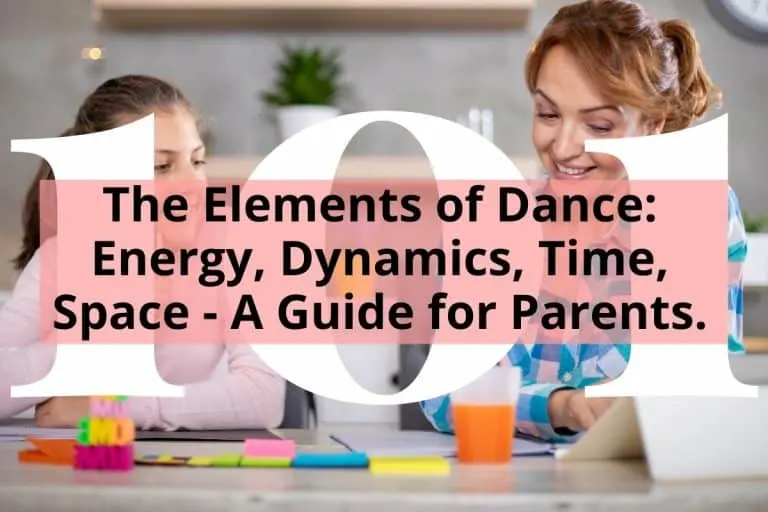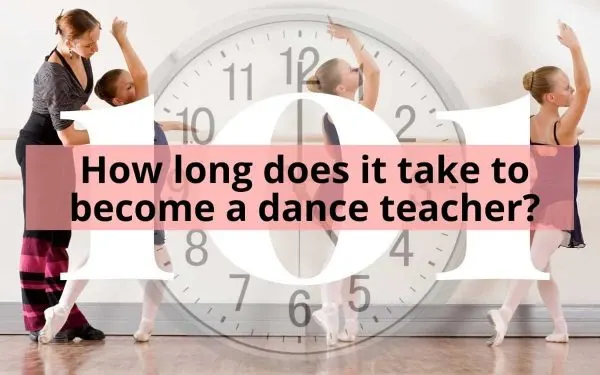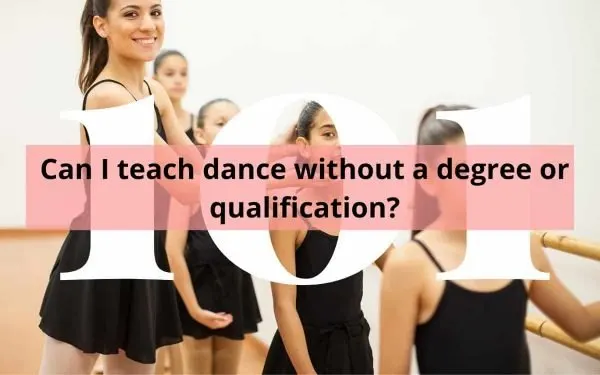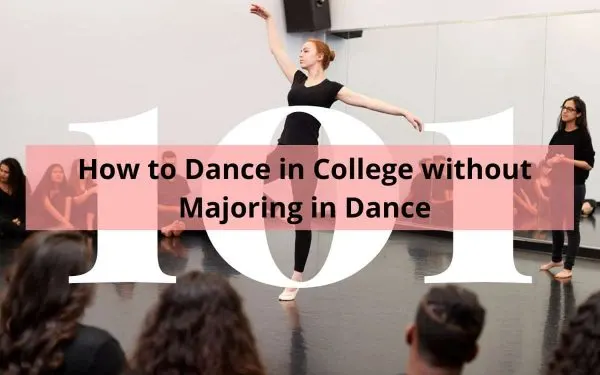By Becky Dimock / Edited by Samantha Bellerose, B.Ed, Dip.Dance (Performing Arts)
If your dance mom college audition experience for your dancer is anything like mine, you will see yourself on the end of a video camera (or your phone) filming video auditions, or video pre-screening auditions which are followed up by an in-person audition.
Filming a video audition seems like it would make things less stressful since your dancer can redo anything they mess up. But doing combinations and solos over and over is tiring and can be even more stressful than an in-person audition for some dancers.

So what can you do to help remove some of that stress???
Hi, I’m Becky and my senior recently auditioned for several Colleges in the USA to obtain entry as a Dance major or minor. We had a variety of different Audition processes to undergo and being a stickler for spreadsheets and being prepared I am here to share our process with you to successfully survive and thrive through the college application process with your dancer.
In this three-part series, I give you all the tips and tricks that we learned throughout our process.
For tips and advice on preparing for an in-person audition check out my article Best College Dance Audition Day Tips from a Dance Mom or for information on how to prepare for an in-person college dance audition check Best College Dance Audition Day Tips from a Dance Mom
1. Approach your Dance Teacher for Help as early as possible!

Most dance teachers are happy to help their senior students film and prepare their video auditions and if they have been teaching for some time will come to expect this from many of their students.
Some teachers may ask for a fee to cover their time and or studio hire, others may gift this time to your dancer as a parting gift especially if your child has been taught by them for many years.
Therefore it is important to approach your teacher about scheduling a time to record your videos as early as possible even if you do not have all the requirements yet. Then when you receive them make sure you give them the video requirements at least a week ahead of time so they can plan combinations.
Unfortunately not all dance teachers have the time or availability to be able to help film the auditions because as you will see they can be very time-consuming.
If this is the case try and get as much guidance from them as possible regarding the video requirements, or try to get your child some private lessons with them to learn suitable exercises or go over their solo. Call the college for help to enable you or whomever you have chosen to film to help your dancer go through the combinations required and their solo if needed.
2. Decide on your process
Plan with your dancer and or dance teacher what is going to be filmed over several sessions.
Will you film each audition individually or will you film portions, for example, do all the center exercises for ballet one day and then if you require modern dance combinations film them another, and then do the solo on another occasion.
You will find that the exercises required by each college will differ slightly for example some programs will require all of the ballet center exercises to be en pointe, whereas others won’t.
Some colleges will also give your dancer specific combinations that need to be learned online prior to filming and performed on camera to be sent to the college admissions team, so you may want to spend one session doing these.
If you were however you try to cover all of the requirements for all of the colleges in one day, it would be a very very long day for you, your dancer, and your dancer’s teacher if they are helping.
If you do want to try to do that because of scheduling or whatever reason, make sure you tell your dancer’s teacher far enough in advance so they can carefully craft combinations that will meet all of the requirements!
3. Block out enough time for filming

Filming can be a very long, frustrating process for everyone involved. From the setup, to making sure the lighting and sound is ok, to getting your dancer in the shot properly and retakes as your dancer aims to get the best take they can.
Schedule a minimum of two hours to film a 15-minute video, or set of combinations especially. And remember if your dancer is auditioning for both ballet and modern programs, don’t expect to film them both in one session.
4. Find a suitable location for filming the video

In most cases, the best location to shoot the video will be at your dancer’s studio. Talk to your teacher about booking a studio space at a time when no or few other classes are being held. This is to ensure your dancer has privacy as well as so the noise from another studio or parents chatting outside is not a distraction or can be heard on the video.
If you cannot get into your dance studio, you can also try organizing the hire of a space with your high school. You may have a stage or theatre available, a gymnasium a drama room or if you are lucky a dance studio there you could use.
Alternatively, if you are confined to filming at home some other places you can film are in a garage, moving furniture out of a large living space or lounge room, or in a basement. Just be aware that the flooring in these rooms are not sprung and you dancer should not be dancing on them for prolonged periods of time.
5. The night before recording prepare as if you are doing an in-person audition!
Even though this is a video recording that you can delete and redo, your dancer needs to prepare for a recording session similar to preparing for an actual audition.
They need to pack their warmups, backup dance attire, makeup and hair accessories for touchups, plenty of snacks, and water.
Make sure you gather snacks and water for yourself, your video recorder, a tripod (if you have one), a charger for the recording device, a backup device if possible, and backup storage if you’re using removable storage such as an SD card.
Print out and pack the list of requirements you’re planning on filming.
I like to carry it all in a laundry basket. They’re big, sturdy, easy to carry, fast to pack, and it’s easy to find whatever you need.
6. Ensure when filming the whole space and your dancer can be seen.

Put your video camera on a tripod in landscape position, not portrait! If you don’t have a tripod, put it on a stool, piano, or something else tall and stable.
Make sure your dancer’s whole body can be seen and start recording a little early.
You don’t want to miss the beginning of a combination.
Don’t stop filming until after your dancer has held the final pose for a few beats.
While filming, help keep your dancer stay focused and upbeat.
Make sure they stay energized with plenty of snacks and water breaks.
7. Save, Name, and File All Footage As Soon As You Can
As soon as you get home, download all the footage you shot that day onto your computer.
Next, choose a system or way of filing each section of dance that you filmed. For example, create a folder name Ballet Center Work and then name the footage Ballet Center Work En Pointe or Ballet Center Work in Flats. You may need to number the footage as well.
It is also a good time if you took multiple takes of the same sequences to decide which one your dancer likes best and to file the ones they do not like into a separate file.
8. Editing and Finalizing the video

YOU WILL NEED EDITING SOFTWARE TO PUT THE VIDEO TOGETHER!
If you have a MAC you can use the free iMovie maker software. If you have a PC and Windows 10 type Video editor into the search bar and a simple and easy-to-use editor will appear for you to use.
Ok, so you or your dancer will need to now take all the videos you created and carefully saved and make a full video out of it all!
When you edit together the video, be sure to stay within the prescribed time limits.
I edited my daughter’s videos and put dividers or text between each section using whatever the college asked for, such as plies, tendus, floor work, etc.
If you do that, make sure everything is spelled correctly.
Have your dancer watch the whole thing to make sure they’re satisfied with the final product. When it’s all ready to go, follow the school’s requirements for uploading the video.
Some colleges will simply ask you for a link to the video. You can do this by creating a youtube account and uploading it there. Just make sure to mark it “unlisted” so that only those with the link can see it!
9. Remember that Progress is better Than Perfection
At the end of the day and during each session, remind your dancer that no one expects them to be perfect, and encourage them to accept a few wobbles or errors in technique.
They are not auditioning for a professional company role, they are auditioning to go to a school where they will be honing their skills, therefore the admissions team are not looking for perfection, but someone who is willing to continue to build on their current skills and learn.
So progress should always be more important than perfection in getting your videos filmed, otherwise you may have not enough content to send in!



